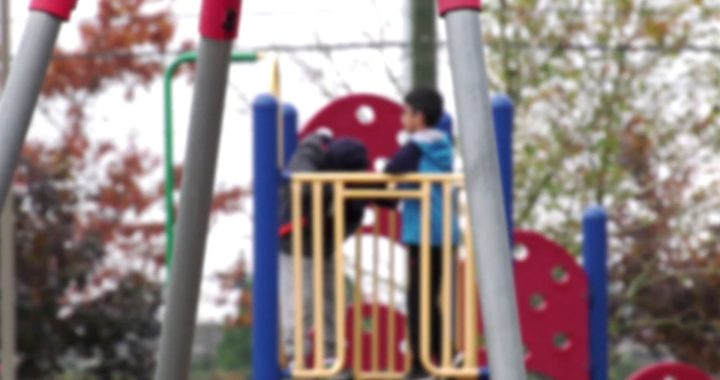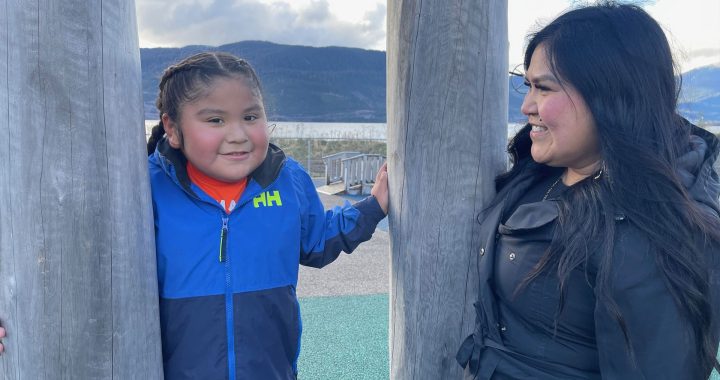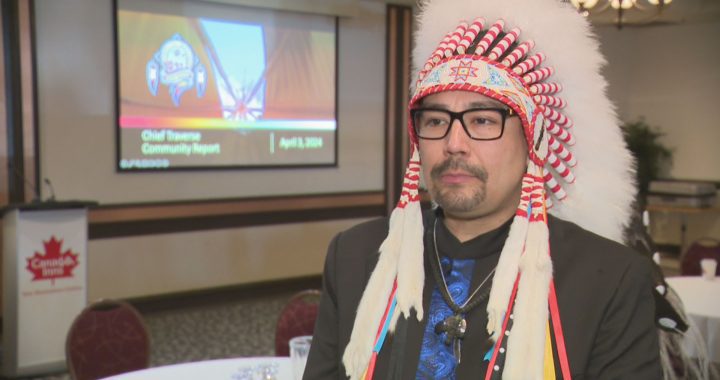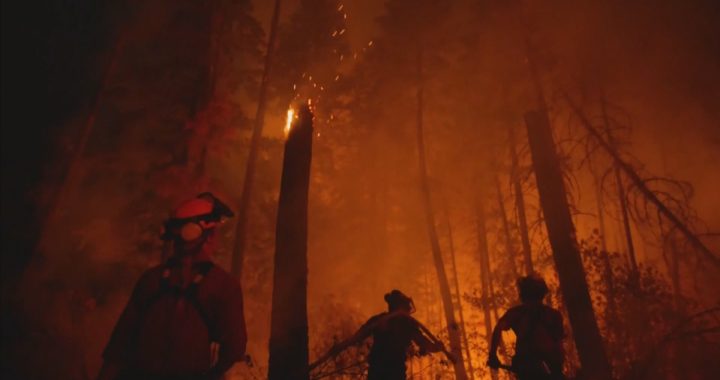The grand chief of the Assembly of Manitoba Chiefs says the $500,000 provided by the federal government for a feasibility study on searching a landfill outside of Winnipeg is just the start of what will be needed to find the remains of two First Nations women who are believed to be buried there.
“If we don’t find anything at this present landfill and if we have to look at another landfill, then we will have to be able to provide another proposal to the government to that matter,” said Cathy Merrick at a news conference Friday in Winnipeg.
“But we gave heads up to the government that this is what we have discussed at our level here.”
Merrick said a portion of the money will also provide healing services to families.
The feds first announced in December they would fund the study into the feasibility of searching for the remains of two First Nations women – Morgan Harris, 39, and Marcedes Myran, 26 – at the Prairie Green landfill – a privately owned site about 20 km north of Winnipeg.
Police charged Jeremy Skibicki, 35, with four counts of first-degree murder for the deaths of Harris, Myran, Rebecca Contois and a fourth unidentified woman Indigenous leaders have named Mashkode Bizhiki’ikwe or Buffalo Woman. The partial remains of Contois were recovered last June from the Brady Road landfill which is owned by the city.
A feasibility committee has been to looking into what issues might come into play during the search for Harris, Myran and Buffalo Woman.
Winnipeg police came under fire after saying in December that searching for their remains in Prairie Green wasn’t feasible.
Skibicki has maintained his innocence.
A member of the feasibility study committee said so far, forensics experts have looked to an Ontario case to guide them.
“There were different technologies that were used (in Ontario) that we’re trying to bring in, so that we can use the same methods here and the best way to do that,” Kristin Flattery said. However, we have to stay within environmental concerns as well.”
Flattery said using a large conveyor belt to go through the tonnes of material has been determined to be the best method to search for the women’s remains.
Meanwhile, the family of Morgan Harris, one of the victims whose remains are believed to be in the Prairie Green Landfill, said they appreciate being included on the committee and it provides a layer of transparency to the process.
Cousin, Kirstin Witwicki was asked at the press conference if something should have been done sooner to find the women’s remains.
“In a better world it would have been,” Witwicki said. But I mean, we are where we are now, and all we can do is move forward and try to do things to the best of our ability, so that’s where my focus is going to be.”
Merrick said more needs to be done to ensure Indigenous women are safe when they leave their communities for the city.
“It’s not by choice that they leave our communities either,” she said. “It’s because there’s a lack of housing, there’s no—you won’t find a university on any first nation in Manitoba.
“We need to be able to ensure that when our students leave the community, that there’s safety measures here, that we’re here for them to be able to come to us.”









